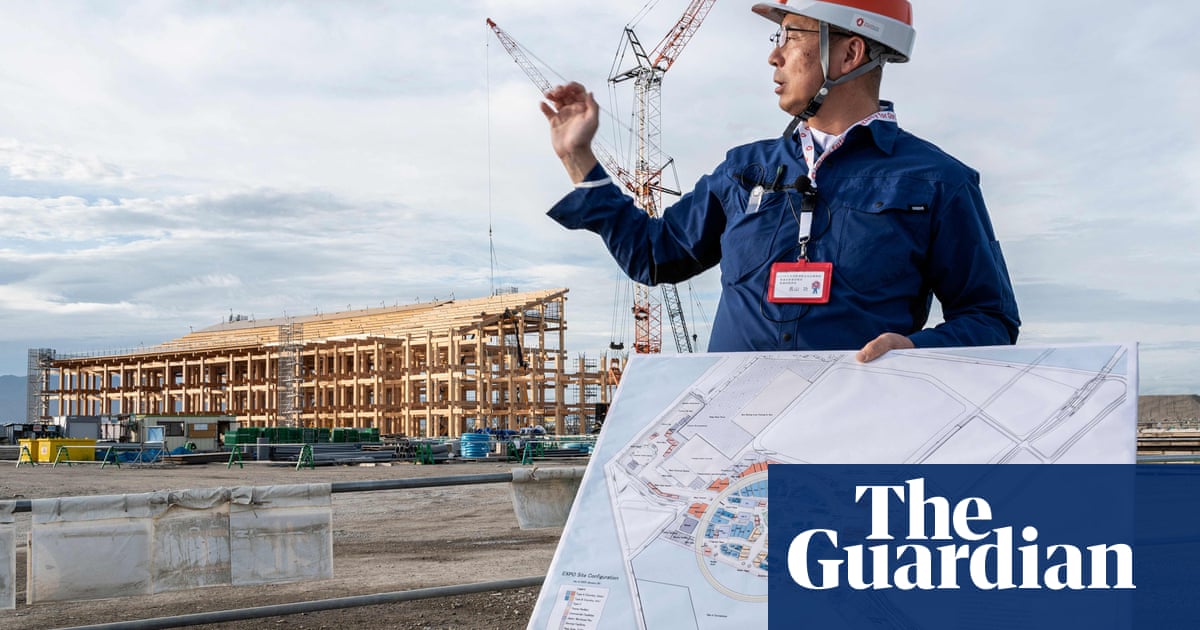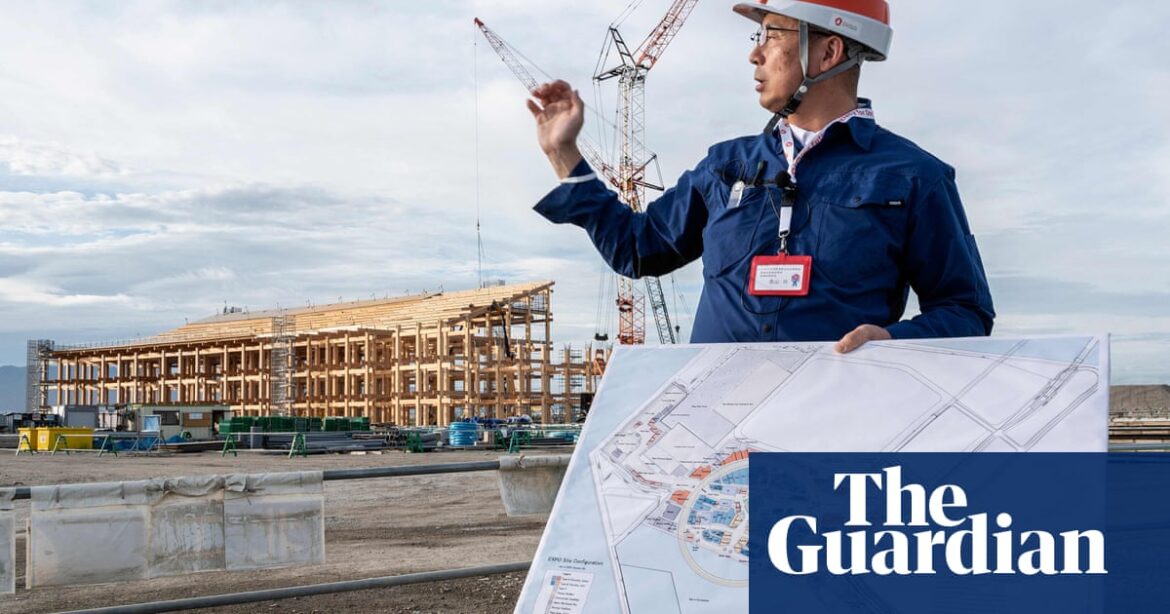
Attendees of the upcoming global exhibition in Japan may be surprised to discover that using the restroom could come with a hefty price tag, as recent calculations for restroom construction have caused controversy over the escalating expenses for the event.
According to reports from Japanese media, it was revealed that a number of bathrooms being constructed at a site in Osaka, a western port city in Japan, will have a price tag of ¥200 million (£1.05 million).
Eight of the expo site’s restrooms will be designed by up-and-coming architects, the minister in charge, Hanako Jimi, said this week, pointing out that the facilities would contain more stalls than a typical public bathroom.
According to Jimi, the cost of the project may not be significantly high given its size.
However, her statement, which was extensively covered by the Japanese press this week, has further fueled criticism of the expo project’s exorbitant expenses.
The news about the bathrooms, which was published in the Asahi and Mainichi newspapers, follows shortly after expo organizers announced a delay in the completion of national pavilions until October of this year. This was due to construction delays caused by increasing prices for materials and a shortage of labor.
The pavilions known as “type A” were meant to be completed by July, serving as displays for countries to exhibit their heritage, traditions, and advancements in technology.
Out of the 150 countries and regions involved, approximately 60 originally intended to construct their own pavilions. However, due to difficulties in finding Japanese construction companies that could stay within budget, these plans were ultimately abandoned. As of the end of last year, only 36 countries had confirmed their plans to build custom pavilions, as reported by Kyodo News.
The venture has faced criticism due to a lack of enthusiasm. It is projected to cost ¥235bn, which is almost double the original estimate. The expenses will be divided between the central government, local authorities in Osaka, and the private sector.
Despite pleas to cancel or delay the event following the destructive earthquake on New Year’s Day in the Noto peninsula, organisers and politicians have refused to do so.
There is worry that the exhibition, scheduled for April 13 to October 13, 2025 on the man-made “Dream Island” of Yumeshima, may increase the prices of materials and burden the available workforce – both of which are in high demand in the disaster-affected area on the coast of the Japan Sea.
Criticism has not only been directed towards the toilets on the 390-hectare site. The “Ring”, a circular roof with walkways that will become one of the largest wooden structures in the world, will also surround the pavilions and other attractions.
According to the Asahi Shimbun, the roof that cost ¥24.4bn will be taken down after the event so that construction can begin on Japan’s first casino, set to open in 2030. This has caused one opposing member of parliament to label it as “one of the most extravagant expenses in the world.”
Opinions are split among the public regarding the project, with few convinced that it will replicate the triumph of the 1970 expo held in Osaka. This event attracted over 60 million attendees and solidified Japan’s transition from a defeated nation to a dominant force in the global economy and industry.
According to a recent survey by Kyodo, 27% of participants believe that next year’s expo should be postponed in order to focus on rebuilding communities affected by the earthquake. Another 27% think the event should proceed as originally scheduled, while 26.7% feel that it should be downsized.
Source: theguardian.com



